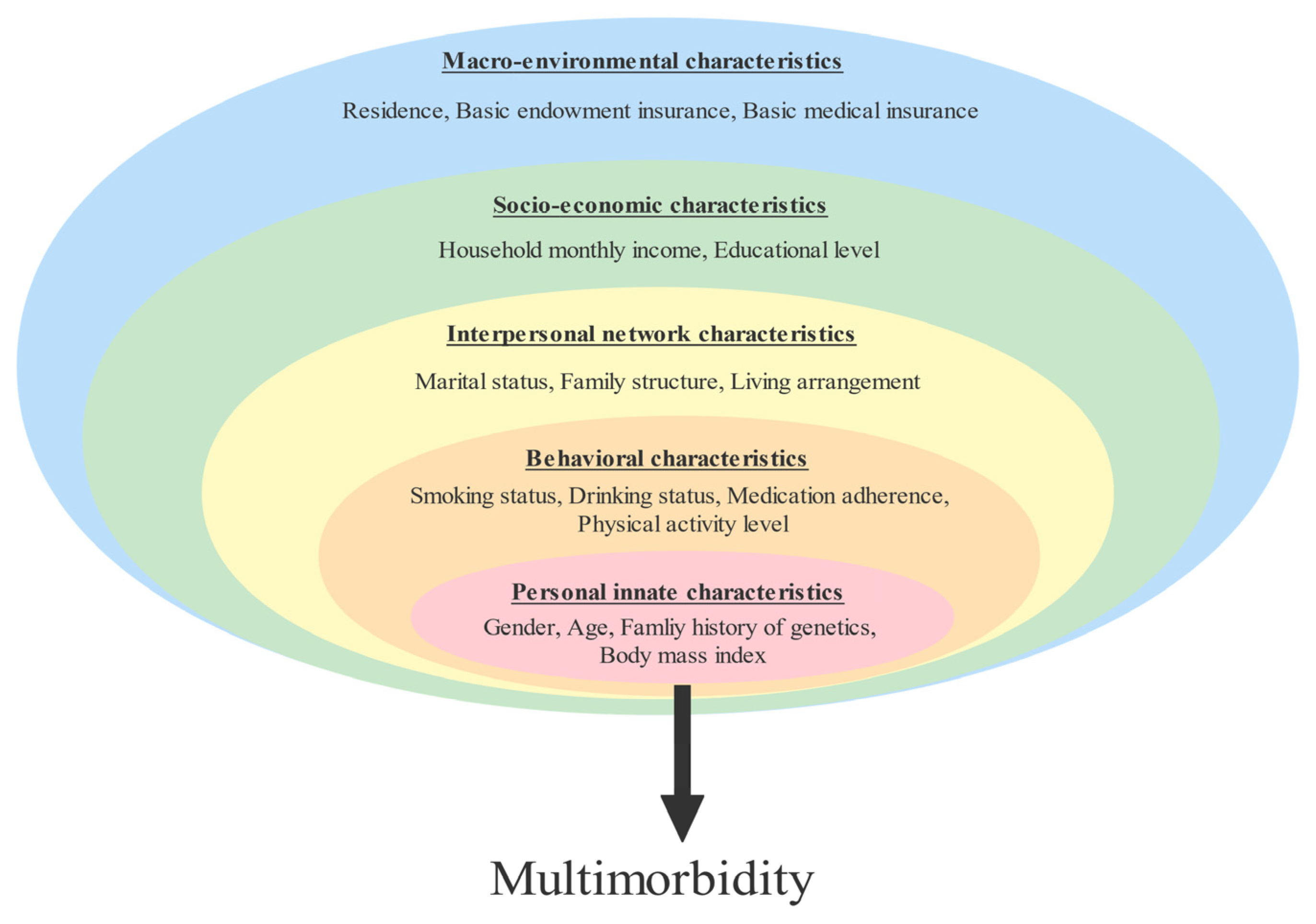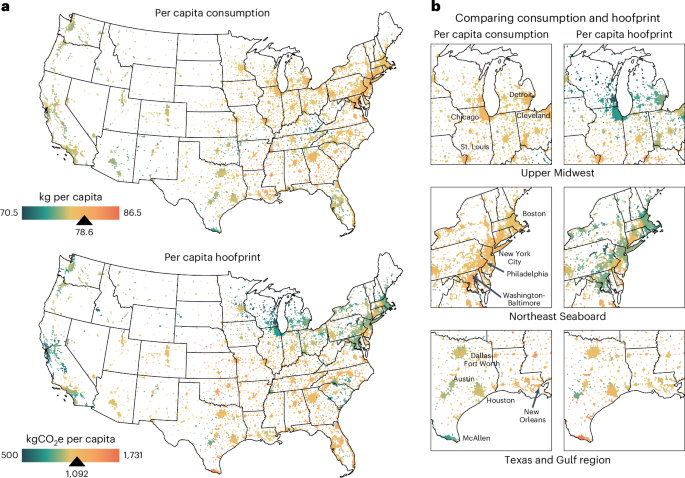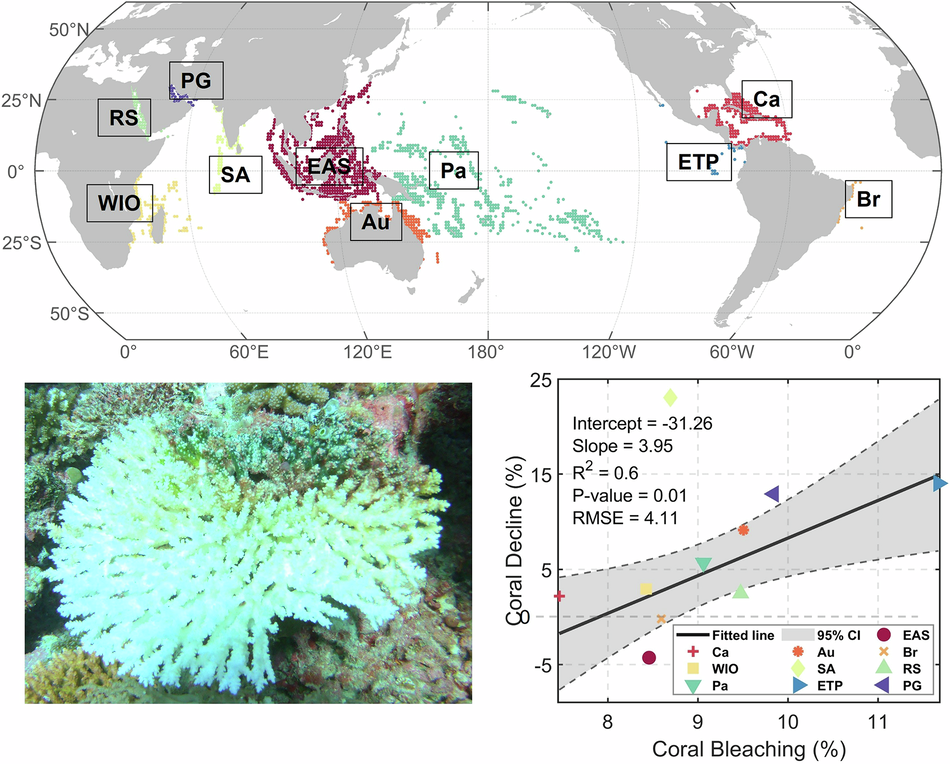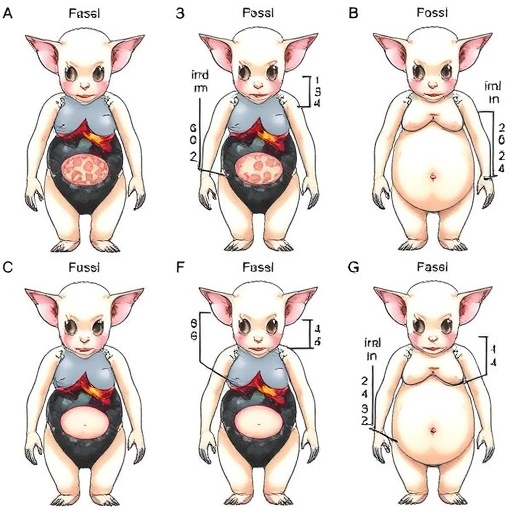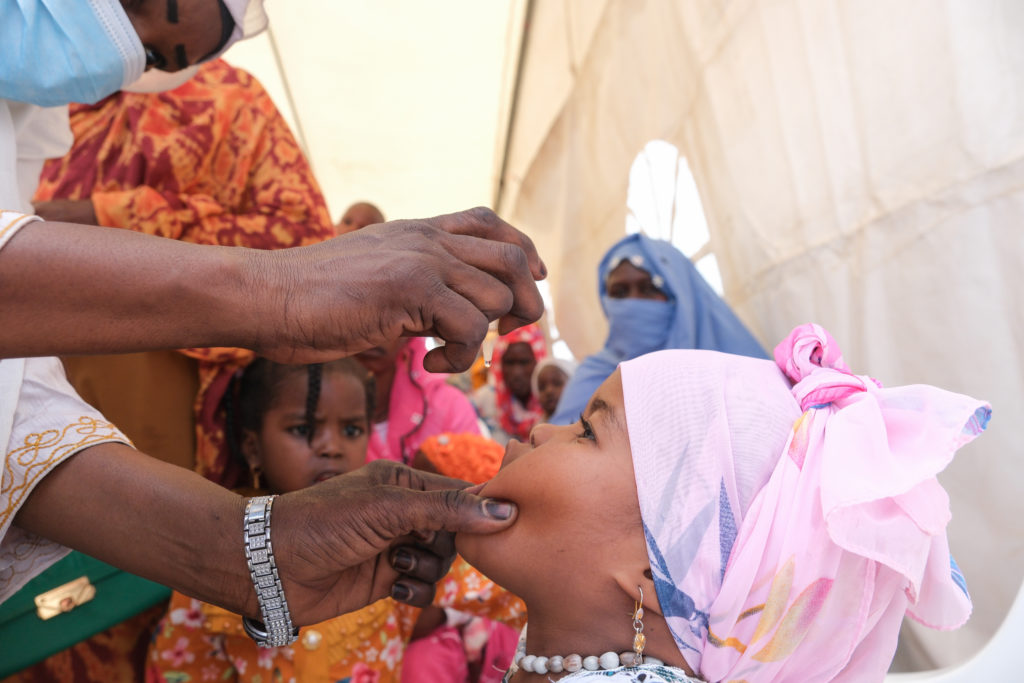moderate alcohol intake – TBR News Media

Report on Alcohol Consumption and Health Outcomes in Relation to SDG 3
Aligning with Sustainable Development Goal 3: Good Health and Well-being
An analysis of the health impacts of alcohol consumption is critical to advancing the United Nations Sustainable Development Goal 3 (SDG 3), which aims to ensure healthy lives and promote well-being for all at all ages. The findings directly inform public health strategies related to SDG Target 3.4, which seeks to reduce premature mortality from non-communicable diseases (NCDs), and SDG Target 3.5, which focuses on strengthening the prevention and treatment of substance abuse, including the harmful use of alcohol.
Analysis of Alcohol as a Carcinogen
Official Classification and Mechanism of Action
The link between alcohol consumption and cancer is well-established, representing a significant challenge to achieving SDG 3. Authoritative bodies have classified alcohol based on its carcinogenic properties.
- The U.S. Department of Health and Human Services’ National Toxicology Program lists alcohol as a known human carcinogen, increasing the risk for cancers of the mouth, throat, larynx, esophagus, breast, liver, and colorectum.
- The World Health Organization’s International Agency for Research on Cancer (IARC) places alcohol in the highest risk category of carcinogens, alongside asbestos, radiation, and tobacco.
- The carcinogenic effect occurs when the body metabolizes alcohol into acetaldehyde, a toxic compound that damages cellular DNA and inhibits the body’s natural repair mechanisms, leading to mutations that can result in cancerous tumors.
Impact of Light to Moderate Consumption on Cancer Risk
Research indicates that even low levels of alcohol intake contribute to the burden of NCDs, undermining progress toward SDG Target 3.4.
- A meta-analysis of European studies determined that light to moderate drinking (up to two standard drinks per day) was responsible for 23,000 new cancer cases in the EU in 2017, with female breast cancer accounting for nearly half of these cases.
- An earlier meta-analysis of 113 studies found that daily consumption of one drink or less was associated with a 4% increased risk of breast cancer.
- Data from the Nurses’ Health Study, involving over 100,000 women, showed that consuming three to six alcoholic drinks per week modestly increased breast cancer risk over a 28-year period. Even a half-glass of alcohol daily was linked to a 15% elevated risk of invasive breast cancer.
The risk was observed to be dose-dependent, meaning cancer risk increases proportionally with the amount of alcohol consumed. This evidence suggests that for cancer prevention, particularly for individuals at high risk of breast cancer, avoidance or only occasional consumption of alcohol is advisable.
Assessment of Alcohol’s Effect on Stroke Risk
Potential Reductive Effects with Low Consumption
While alcohol is a known carcinogen, some studies have investigated its potential effects on cardiovascular health, another key area of NCDs relevant to SDG 3.
- An analysis from the Nurses’ Health Study indicated a potential reduction in the risk of both ischemic and hemorrhagic strokes with low to moderate alcohol intake.
- Women consuming less than half a drink daily showed a 17% lower risk of stroke compared to non-drinkers.
- Those consuming between one-half and one-and-a-half drinks daily had a 23% decreased risk of stroke.
Risk Thresholds and Alternative Health Strategies
The potential benefits for stroke risk are limited to low consumption levels and are not a justification for initiating or increasing alcohol intake. The risks associated with higher consumption levels are significant.
- The protective effect diminishes with increased intake, and consuming three or more drinks daily was associated with a small increased risk of stroke.
- Alternative, safer strategies exist for stroke prevention. The same Nurses’ Health Study demonstrated that higher consumption of citrus fruits, such as oranges and grapefruits, was associated with a 19% reduction in stroke risk.
Public Health Recommendations and Conclusion
Guidance on Alcohol Consumption for Public Health
In alignment with the goals of SDG 3, public health guidance must balance potential benefits with established risks. The evidence strongly suggests that caution is the best approach.
- The American Heart Association recommends no more than one alcoholic drink per day for women.
- Given the established link to cancer, the minimal and contested benefits for stroke do not justify alcohol consumption as a health strategy.
- For individuals at high risk for breast cancer, forgoing alcohol is the most prudent course of action.
Implications for Sustainable Development Goal 3
Reducing the harmful use of alcohol is a critical component of achieving global health targets. The scientific evidence underscores that minimizing alcohol intake is a key preventative strategy for lowering the incidence of NCDs like cancer. Promoting public awareness of these risks and encouraging healthier alternatives directly supports the ambitions of SDG 3, contributing to a reduction in premature mortality and fostering a culture of well-being.
1. Which SDGs are addressed or connected to the issues highlighted in the article?
The primary Sustainable Development Goal (SDG) addressed in the article is:
-
SDG 3: Good Health and Well-being
The entire article is dedicated to discussing the health implications of alcohol consumption. It explores the relationship between alcohol intake and the risk of developing non-communicable diseases such as various types of cancer and stroke. By providing evidence-based information on the health risks associated with alcohol, a widely consumed substance, the article directly contributes to the overarching goal of ensuring healthy lives and promoting well-being for all at all ages.
2. What specific targets under those SDGs can be identified based on the article’s content?
Based on the article’s focus, the following specific targets under SDG 3 can be identified:
-
Target 3.4: By 2030, reduce by one-third premature mortality from non-communicable diseases through prevention and treatment and promote mental health and well-being.
The article directly supports the “prevention” aspect of this target. It details how alcohol consumption is a significant risk factor for several non-communicable diseases (NCDs). For instance, it states that alcohol is a “known carcinogen” linked to “mouth, throat, larynx, esophageal, breast, liver and colorectal cancers.” It also discusses the complex relationship between alcohol and stroke risk. By educating readers on these risks, the article empowers them to make informed decisions to prevent these diseases, thereby contributing to the reduction of premature mortality from NCDs.
-
Target 3.5: Strengthen the prevention and treatment of substance abuse, including narcotic drug abuse and harmful use of alcohol.
This target is central to the article’s message. The text explicitly addresses the “harmful use of alcohol” by questioning how much is “too much for your health” and referring to alcohol as one of the “most heavily consumed over-the-counter drugs.” The article’s purpose is to strengthen prevention by highlighting the dangers of even light to moderate consumption, noting that it “caused 23,000 new cancers in the European Union in 2017.” The recommendation to “minimize your intake” or “forgo alcohol” for high-risk individuals is a direct call for the prevention of harmful alcohol use.
3. Are there any indicators mentioned or implied in the article that can be used to measure progress towards the identified targets?
Yes, the article mentions and implies information that relates to official SDG indicators used to measure progress:
-
Indicator 3.4.1: Mortality rate attributed to cardiovascular disease, cancer, diabetes or chronic respiratory disease.
While the article does not provide mortality rate statistics, it directly discusses the morbidity and risk associated with two of the main NCDs in this indicator: cancer and cardiovascular disease (stroke). It quantifies the risk by citing studies, such as the finding that “drinking three to six glasses of alcohol a week increased the risk of breast cancer modestly” and that even a “half-glass of alcohol was associated with a 15 percent elevated risk of invasive breast cancer.” This information on disease risk is a precursor to mortality and is essential for understanding and tackling the factors that contribute to the overall mortality rate measured by this indicator.
-
Indicator 3.5.2: Alcohol per capita consumption (aged 15 years and older) within a calendar year in litres of pure alcohol.
The article implicitly addresses this indicator by discussing and defining different levels of alcohol consumption. It refers to quantities like “no more than two standard drinks per day,” “one drink or fewer per day,” and “three to six glasses of alcohol a week.” The American Heart Association’s recommendation for women to “drink no more than one glass of alcohol a day” is a direct attempt to influence consumption patterns at an individual level. By advising moderation and caution, the article aims to reduce individual alcohol intake, which, when aggregated across a population, would lead to a reduction in the per capita consumption measured by this indicator.
4. Create a table with three columns titled ‘SDGs, Targets and Indicators” to present the findings from analyzing the article.
| SDGs | Targets | Indicators |
|---|---|---|
| SDG 3: Good Health and Well-being | 3.4 Reduce by one-third premature mortality from non-communicable diseases through prevention and treatment. | 3.4.1 Mortality rate attributed to cardiovascular disease, cancer, etc. (Implied by discussing the risk of developing cancer and stroke from alcohol consumption, citing specific risk increases like a “15 percent elevated risk of invasive breast cancer.”) |
| SDG 3: Good Health and Well-being | 3.5 Strengthen the prevention and treatment of substance abuse, including narcotic drug abuse and harmful use of alcohol. | 3.5.2 Alcohol per capita consumption. (Implied by discussing consumption levels in “glasses per week” or “drinks per day” and providing recommendations to “minimize your intake” or drink “no more than one glass of alcohol a day.”) |
Source: tbrnewsmedia.com

What is Your Reaction?
 Like
0
Like
0
 Dislike
0
Dislike
0
 Love
0
Love
0
 Funny
0
Funny
0
 Angry
0
Angry
0
 Sad
0
Sad
0
 Wow
0
Wow
0












